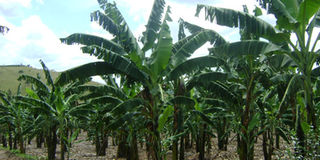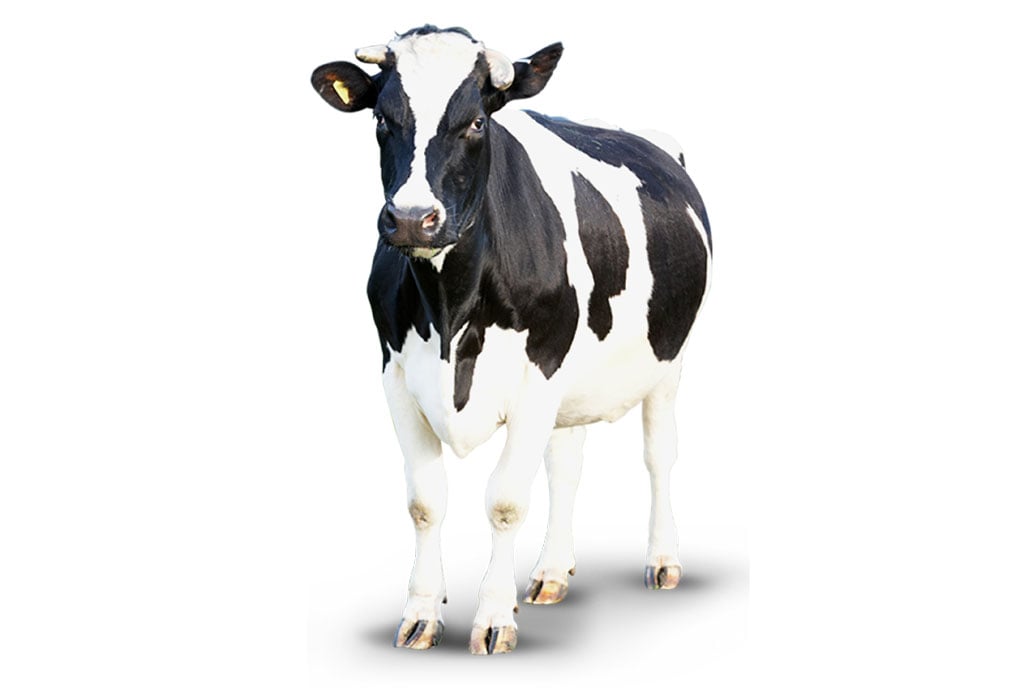The story behind conventional banana breeding to fight pests and diseases

Uganda is home to some unique banana varieties but faced with the constant threats and challenges to their production. File Photo.
The origin of all banana species can be traced from the wild in the South East Asia but due to the mutation process and environmental factors, the cooking bananas in Uganda are unique and are referred to as East African highland bananas.
In Uganda farmers grow a number of banana varieties and these include the plantains commonly known as gonja, the sweet banana commonly known as sukari ndizi and bogoya and the East African highland banana commonly known as matooke.
Pests and diseases
Ugandan farmers have been growing these varieties over the years but today they are faced with a pest and disease burden.
According to the leader of the conventional banana breeding team at the National Agricultural Research Laboratories (Narl), Dr Alex Barekye, in 1993, a number of farmers countrywide were faced with the Black Sigatoka disease, which dries the leaves leading to reduced photosynthetic area resulting into low yields.
They were also faced with the banana weevil, which penetrate the plant and eat it up and the banana nematode pests, which are minute worms that attack the root of the plant causing loss of water and the crop will eventually collapse. The pests and diseases, according to Dr Barekye, caused 37 -50 per cent and 37 per cent yield loss, respectively.
Resistant varieties
The crop scientists were then challenged by their umbrella body, the National Agricultural Research Organisation (Naro) to carry out research and come up with varieties that are resistant to these diseases and pests.
The National Banana Research Programme immediately began the selection process of the different traditional varieties to be crossed to a wild banana, which was imported from India called Calcutta 4 that contained features of resistance to the identified disease and pests.
“There are different East African highland banana species with different clone sets and naturally they are difficult to pollinate, the reason why they are grown using vegetative propagation. We started with the local banana variety called Nakawere, which we crossed to Calcutta 4 to get a variety we named 1201K-1,” Dr Barekye explained.
The team had to further improve this variety because it had the disease resistance but lacked other characteristics like good food taste among others.
Barekye’s team got a male parent called SH3217 from the International Institute of Tropical Agriculture, which they obtained from Honduras. The team finally crossed SH3217 variety with 1201K-1 to obtain the M9 variety ,which was first planted in Kawanda for early field trial evaluation.
The seed germination exercise is done in the laboratory where the embryo of the plant is removed and placed on a media culture for it to grow before it is taken to the field for trial.
The same variety was later taken to farmer groups in Nakaseke District for further evaluation. When the farmers approved it, the team then applied to the variety release committee at the Ministry of Agriculture, Animal Industry and Fisheries for permission to release the variety, which was named as Kabana 6H commonly known as Kiwangaazi to farmers in 2010.
Yield potential
Farmers in different parts of the country such as Wakiso, Masaka, Bushenyi, Mbarara and Gulu are now growing this variety. However, the research team now has a challenge of working on varieties resistant to banana bacterial wilt that was discovered in 2002.
When the team compared its yield rate to the traditional one called Mbwazirume, they discovered farmers were attaining 18 to 22 tonnes per hectare per year although there is a potential to attain 40 to 60 tonnes per hectare per year.




